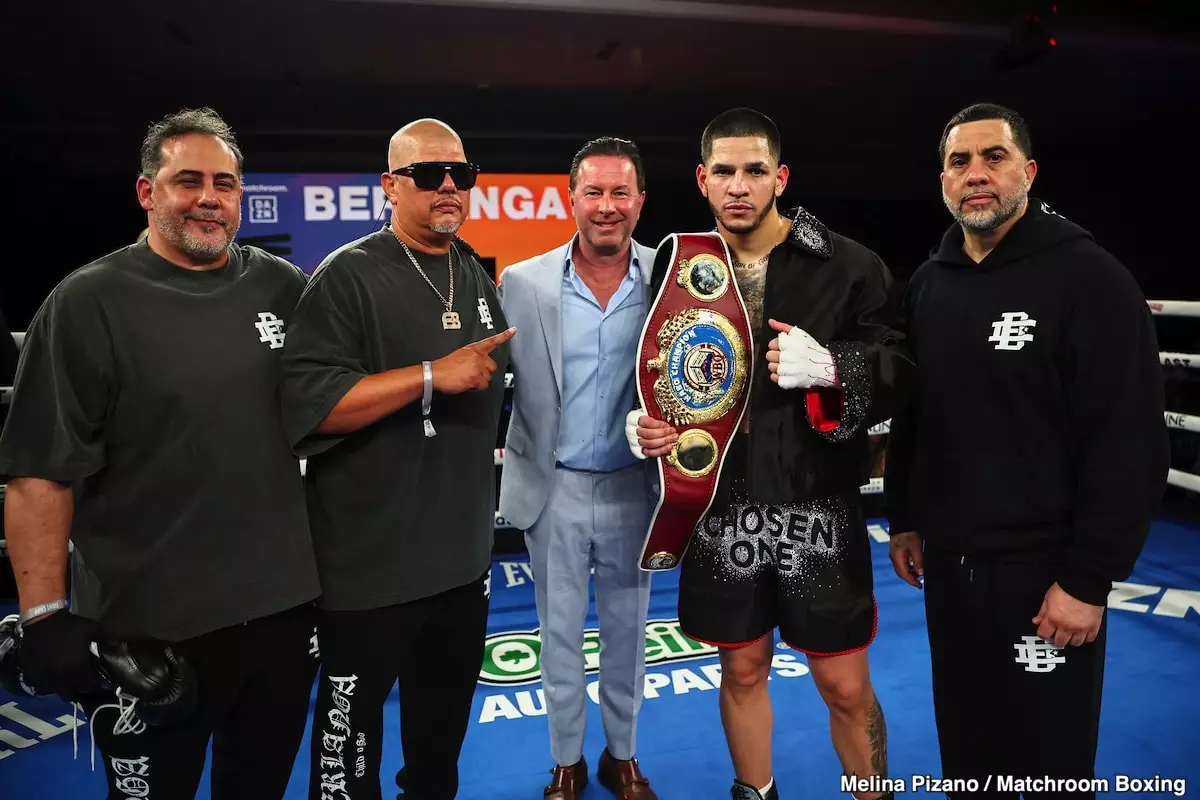In an intriguing twist on standard boxing promotion, Ring Magazine recently announced a dual co-feature for an upcoming event on July 12th in New York City, which includes Edgar Berlanga clashing with Hamzah Sheeraz and Shakur Stevenson going toe-to-toe with William Zepeda. The added layer of complexity? While the Stevenson-Zepeda matchup will be marketed as the lead act leading up to the fight, Berlanga and Sheeraz will take the spotlight as the official headliners come fight night. This decision raises eyebrows and ruffles feathers—are promoters prioritizing flair over clarity?
Fans entering the boxing arena on July 12th might be left scrambling for answers as to who to expect at the end of the night. Typically, the most anticipated fight takes center stage, yet in this case, the fight that appears more thrilling—Stevenson versus Zepeda—will merely serve as a buildup act for a contest deemed less enticing. Such an arrangement signals a clear departure from the industry norm, which could unwittingly confuse die-hard boxing enthusiasts who expect to see the highest-profile bout close the show.
The Marketing Dilemma
The strategic decision behind showcasing Berlanga and Sheeraz as the main event can only be interpreted as a marketing tactic designed to curry favor with sponsors and networks. Berlanga, who holds a record of 23 wins, 1 loss, and 18 KOs, alongside Sheeraz, who boasts 21 wins, 0 losses, and 1 draw, are not without merit; however, neither athlete has faced substantial challenges that would impress the discerning fan. With both fighters perceived as what some may call “manufactured” for marketing appeal, the situation begs the question of whether this promotional strategy is more about making dollars than making sense.
The juxtaposition of talent on the card is palpable; while Stevenson and Zepeda are seen as highly skilled pugilists capable of delivering a riveting contest, Berlanga and Sheeraz do not enjoy the same reputation. This juxtaposition in fight night roles may evoke dissatisfaction among patrons who are more discerning about the quality of bouts.
Is Confusion the Road to Revenue?
At the heart of this promotional puzzle lies a question that transcends traditional logic: Could muddled messaging actually serve as an effective revenue tool? By marketing Stevenson versus Zepeda as the main event leading up to July 12th, promoters could lure a more extensive audience, banking on the allure of talent as opposed to mediocrity. The idea that enticing fans into purchasing the DAZN PPV card relies on a carefully curated false picture reveals significant insight into the business of boxing—one that often prioritizes financial gain over clarity or fan engagement.
There’s a certain irony in this strategy; boxing fans have become so accustomed to a blend of emotional investment and brand loyalty that they may still tune in, despite the oddity of the co-main event structure. If Berlanga and Sheeraz can draw an audience in spite of their less stellar reputations, we must question the integrity of the sport and the expectations of its fans. Ultimately, this peculiar promotional strategy raises fundamental issues regarding the relationship between boxing’s athletic merit and its commercial demands.

